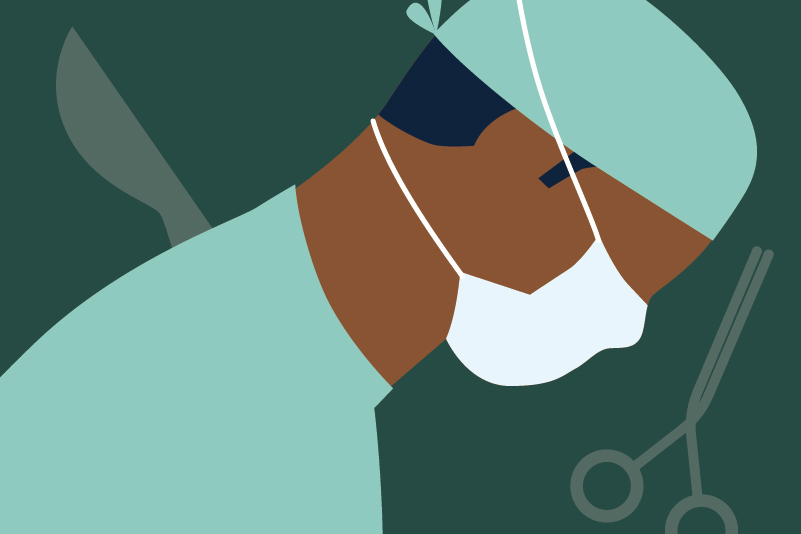#141 Time to Laceration Repair: Definitively dogmatic to purposefully pragmatic

Reading Tools for Practice Article can earn you MainPro+ Credits
Join NowAlready a CFPCLearn Member? Log in
- No randomized controlled trials (RCTs) found.1
- Cohort studies:
- Emergency department (three sites, 2,663 patients):2
- No significant difference in patients requiring reassessment and infection (antibiotic treatment) at 30 days between closure <12 hours (2.9%) and >12 hours (1.4%).
- Limitations: Only 67% patient follow-up, low numbers in >12 hours group (n=72).
- Pediatrics (2,834 children):3
- No difference in infection (frank pus, lymphangitis, or cellulitis) between closure <6 hours (1.2%) and >6 hours (1.3%).
- Limitations: No information on longer time periods.
- Neither observational study controlled for type of injury, management, or other potential confounders.
- Emergency department (three sites, 2,663 patients):2
- A cross-sectional study of 5,521 patients4 and two smaller studies5,6 confirm above findings.
- Other papers that found delayed wound closure was associated with increased infections were:
- Smaller (297 patients), and did not account for other wound/patient factors.7
- Secondary analysis (example RCT of 217 patients examining role of antibiotics in wounds)8 or modeling clinician’s ability to predict wound infections.9
- A “golden period” in which to repair simple lacerations by primary closure is often discussed, with time frames ranging from four to 19 hours.6,8
- Risk factors more predictive of infection include:
- Patient variables: Diabetes (Relative Risk (RR) of infection = 2.7 - 3.9)2,4 and increasing age.4,9
- Wound characteristics: length >5cm2,4,7 (example RR Infection = 2.9)2 location2,3,5-9 (examples lower extremity RR infection = 4.1, head/neck RR infection = 0.3)2,3 and wound contamination at time of presentation2,4,9 (example RR infection 2.0 - 2.9).2,4















good